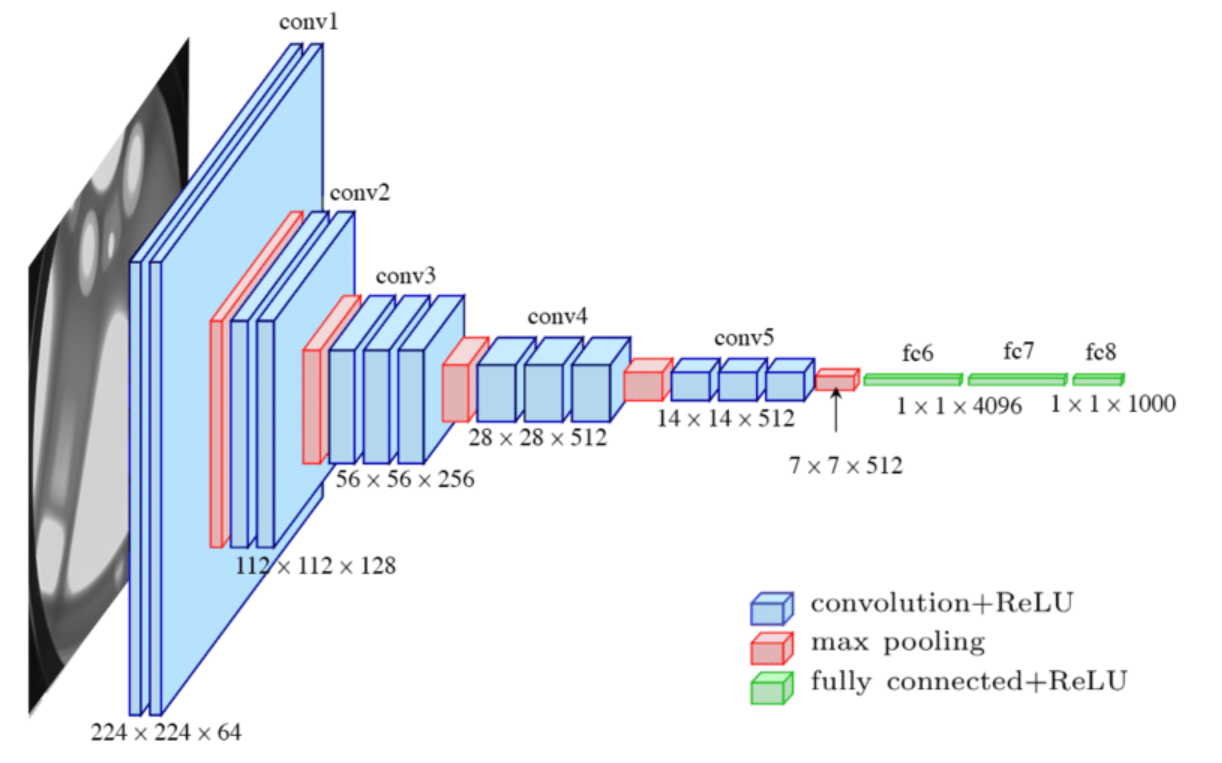Convolutions Over Volume: Building Blocks of Convolutional Neural Networks

Convolutional Neural Networks (CNNs) have revolutionized the field of computer vision by enabling machines to extract meaningful features from images. At the core of CNNs lies the concept of convolutions, which allow us to detect patterns and features within images. In this blog post, we will delve into the world of convolutions over volumes, a powerful technique used in CNNs.
Introduction to Convolutional Neural Networks
Before we dive into convolutions over volumes, let’s recap the basics of CNNs. Traditional neural networks process inputs as flat vectors, which do not account for spatial relationships in images. CNNs, on the other hand, take advantage of the spatial information by using convolutional layers that perform local operations on small regions of the input.
Extending Convolutions to Three-Dimensional Volumes
So far, we have explored convolutions in the context of 2D images. However, many real-world images have additional dimensions, such as color channels. This is where convolutions over volumes come into play. By extending the concept of convolutions to three-dimensional volumes, we can handle images with multiple channels, such as RGB images.
The Anatomy of a Volume
To understand convolutions over volumes, let’s consider an RGB image with dimensions 6x6x3. Here, the height and width correspond to the spatial dimensions, while the third dimension represents the number of color channels. Instead of treating the image as a single 2D entity, we can think of it as a stack of three 2D images, one for each color channel.
Introducing 3D Filters
To detect features in a volume, we need filters that match the volume’s dimensions. In the case of our RGB image, the filter would be 3x3x3, with each layer of the filter corresponding to a color channel. During convolution, the filter is slid over the volume, performing element-wise multiplications and summations to produce an output.
Detecting Features in Different Channels
One intriguing aspect of convolutions over volumes is the ability to detect features selectively in different color channels. By designing filters with appropriate parameters, we can emphasize certain features in specific channels. For instance, we can create a filter that detects vertical edges in the red channel or horizontal edges in the blue channel.
Using Multiple Filters for Enhanced Feature Detection
To extract a broader range of features, we can employ multiple filters simultaneously. Each filter produces a separate output image, and these outputs are stacked together to form a volume. This allows us to detect various features, such as vertical edges, horizontal edges, and even more complex patterns, in parallel.
The Power of Convolutional Neural Networks
Convolutional neural networks leverage convolutions over volumes to analyze images effectively. By stacking multiple layers with different filters, CNNs can detect a vast array of features and patterns in images. This ability to extract rich features from images has propelled CNNs to achieve remarkable performance in tasks like image classification, object detection, and image segmentation.
Conclusion
Convolutional neural networks have revolutionized computer vision by harnessing the power of convolutions over volumes. This technique allows us to process images with multiple channels and detect various features simultaneously. Understanding convolutions over volumes is crucial for building effective CNN architectures and achieving state-of-the-art results in computer vision tasks.
In the next blog post, we will explore how to implement a convolutional neural network layer using convolutions over volumes as our building blocks.
Stay tuned for more insights into the fascinating world of deep learning and computer vision!
References:
- Insert reference to original speech or source of information.